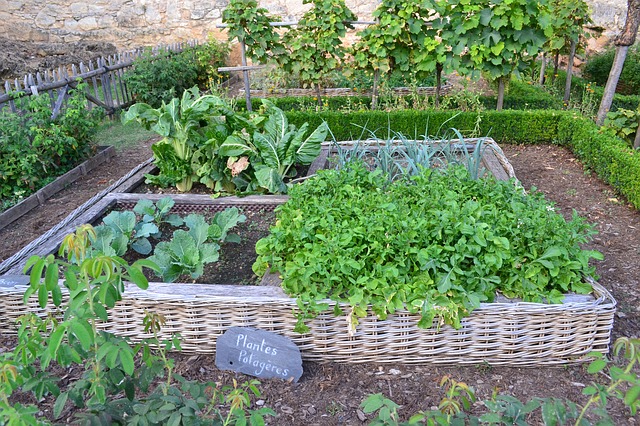It is not too late to sow or plant out vegetable seedlings in September. Fall or winter growing is dependent on the weather and unless you are growing in a polytunnel all growth will stop around mid November no matter what.
True overwintering plants like garlic, spring cabbage and overwintering onions will put some growth down before November but will then lie dormant until growth resumes in the spring.
Fall plants like turnip or fall lettuce are planted now for crops before it gets too cold. If you don’t have a polytunnel you can still extend your season somewhat by using polythene cloches or mini polytunnels placed on your soil or attached to raised beds.
Hardy oriental salads
Early September is the best time to sow hardy oriental salads such as rocket, Mizuna, leaf mustard and pak choi. These greens prefer the cooler temperatures at this time of year and the shorter days which makes them far less likely to bolt. Oriental greens will also survive much colder temperatures (even frost) so will provide salad leaves until mid November outdoors and will overwinter in a tunnel or greenhouse.
Other winter salads
The winter salads Claytonia and Corn Salad are also cold tolerant and will produce fresh greens for a surprisingly long time. The plants are likely to survive the winter outside when they will start to grow again in spring to give some greens before they are cleared for a follow on crop.
Chard and perpetual spinach
Chard and spinach will give leaves before November and will usually survive the winter and burst back to life in the spring. Perpetual spinach is more hardy than pink or yellow stemmed chard so a better choice in cold areas. Sowing for outdoor use is best done in August for planting out in September but you still have time to sow in September for the polytunnel.
Spinach
True spinach (annual spinach) is an excellent crop to get in now for some early harvests next April and May. If growing outside it is best to sow before mid August but it can be sown in the tunnel now.
Spring cabbage
The juicy leaves of Spring cabbage are ready in April and May. It is one of the first crops you harvest in the year. The trick is to get the plants large enough to survive the winter before November but not so large that they start to form hearts. The best sowing date is the end of August for planting out in mid/ late September, the young plant will go dormant over winter and resume its growth in spring.
Spring onions
Again, an overwintering crop which will be ready in April when sown in late August. Spring onions are best sown or planted in bunches of 8-10 and harvested in one go.
Overwintering onions
Over wintering onion sets are planted now for an early onion crop next year. Sets are fun to plant given their easy to handle size and the fact you feel you have already made a start on next years growing.
Broad beans and peas
Sowing broad beans in fall means plants can establish over winter and crop earlier next spring. Broad beans and peas are hardy, but it’s advisable to cover plants with fleece during hard frosts or snow. Try broad bean ‘Aquadulce Claudia’ or pea ‘Feltham First’.
Planting bulbs among your vegetables
Flower bulbs can be fun to plant in the vegetable garden as they flower and die back relatively early so don’t get in the way. The bulbs are planted 10-12 inches deep so unless you are growing root crops they will be below the root zone of most vegetables. If you want to look cool and cutting edge put some tulip bulbs in now below next years lettuce bed and let them bloom among your Spring salad leaves.

